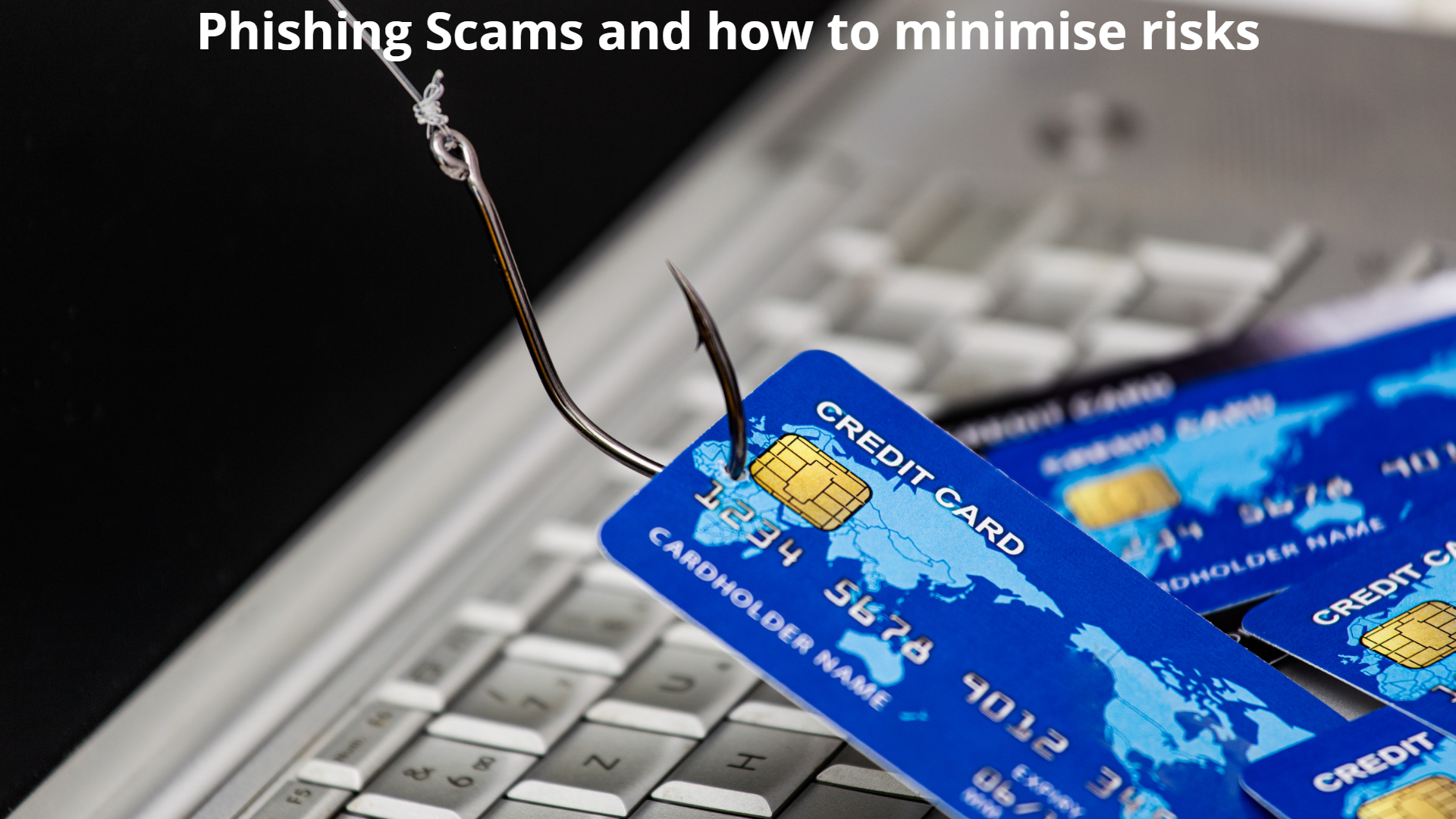What are phishing scams?
Phishing scams are a type of cyber attack where criminals send emails or messages that appear to be from a legitimate source, such as a bank, social media platform, or even a colleague. The goal of the scam is to trick the recipient into providing sensitive information, such as login credentials, credit card numbers, or personal data.
These attacks often rely on social engineering tactics, such as creating a sense of urgency, using fear or intimidation, or offering a tempting reward. The attackers may also use sophisticated techniques like spoofing the email address or website to make it look like a trusted source.
Why are phishing scams increasing?
Phishing scams have become more prevalent in recent years due to several factors. One is the increased use of digital communication channels, such as email, social media, texts, and messaging apps. This has provided attackers with more opportunities to reach potential victims.
Another factor is the growing sophistication of these attacks. Criminals are using more advanced techniques, such as machine learning algorithms to craft convincing messages and using AI-powered chatbots to mimic human interaction.
Finally, the COVID-19 pandemic has also contributed to the rise of phishing scams. Attackers are taking advantage of the chaos and uncertainty caused by the pandemic to launch targeted attacks
What are the common signs of a phishing scam?
There are several common signs of a phishing scam that you should be aware of. These include:
Unsolicited emails or messages (spam): Phishing scams often begin with an unexpected email or message from someone you don’t know or a company you haven’t done business with before.
Urgency or threats: The scammer may create a sense of urgency or use threats to convince you to take action quickly, such as clicking on a link or providing sensitive information.
Suspicious Internet links: Phishing emails often contain links that lead to fake websites designed to steal your information. These links may look legitimate at first glance, but they usually have minor spelling or formatting errors.
Poor grammar or spelling: Phishing messages are often written in poor English or contain spelling errors, which can be a red flag for a scam.
Requests for personal information: Scammers often ask for personal information like passwords, social security numbers, account numbers, or credit card numbers in order to steal your identity or commit fraud.
What steps should I take if I receive a suspicious email?
If you receive fake emails or fake messages, that you suspect may be a phishing scam, it’s important to proceed with caution, to protect yourself and your personal data.
Firstly, do not click on any links or download any attachments that come with the email before verifying the sender. These could be malicious files that can infect your computer with viruses or malware. Instead, hover over the link to see where it leads or copy and paste the link into a search engine to check if it’s legitimate.
Secondly, check the sender’s email address and look for any signs of impersonation or misspellings. Cybercriminals often create fake email accounts that look similar to legitimate ones, so be wary of any emails that seem out of the ordinary.
Thirdly, pay attention to the tone and language used in the email. Phishing emails often use urgent or threatening language to try and pressure you into taking action. If the email seems too good to be true or too urgent, it’s likely a phishing scam.
Lastly, report any suspicious emails to your IT support or the relevant authorities. This will help to prevent others from falling victim to the same scam and allow the authorities to track down and prosecute the cybercriminals responsible.
The potential damage and risks involved in becoming a victim of a phishing scam
These scams can have devastating consequences for businesses and individuals alike, from stolen identities to financial losses and even data breaches. The first step in protecting yourself from phishing scams is to be aware of the signs. As we mentioned earlier, phishing emails often contain spelling and grammar errors, unusual requests for personal information, and links to fake websites. These can all be red flags that the email is not legitimate, and you should proceed with caution.
Another important factor to consider is the potential damage that could be caused if you fall victim to a phishing scam. Cybercriminals can use your personal information to steal your identity, open credit accounts in your name, and even gain access to your company’s sensitive data. The risks are high, and it’s essential to take steps to protect yourself and your business.
So, what can you do to stay safe? The first step is to invest in a comprehensive IT security solution that can help detect and prevent phishing scams. This should include antivirus software, firewalls, and other tools that can help protect your network and data from cyber threats.
Protecting Your Business from Phishing Scams
As the world becomes increasingly digital, the threat of phishing scams to businesses continues to rise. With so many employees working remotely and accessing sensitive information from their homes, it’s more important than ever to take proactive measures to prevent falling victim to these fraudulent attacks. Fortunately, there are steps businesses can take to protect themselves and their employees.
Employee education is one of the most important tools in preventing phishing scams. By educating your workforce on how to spot potential scams, you can reduce the risk of employees accidentally giving away sensitive information. This includes training on identifying suspicious emails, checking the legitimacy of URLs, and avoiding unsolicited requests for login credentials.
IT solutions can also play a crucial role in preventing phishing scams. Advanced email filters can detect and block suspicious messages before they even reach your employees’ inboxes. Two-factor authentication is also an effective tool in preventing unauthorized access to sensitive data. Additionally, regular software updates and security patches can help close any vulnerabilities that attackers may exploit.
At MPR IT Solutions, we understand the importance of protecting your business from phishing scams. Our end-to-end IT solutions include employee education on best practices for identifying and avoiding phishing attacks, as well as a suite of advanced security tools to protect your network and data. With our help, you can stay ahead of the game and keep your business safe from potential threats.
Don’t wait until it’s too late. Contact us today to learn more about our comprehensive IT solutions and how we can help protect your business from the growing threat of phishing scams.

